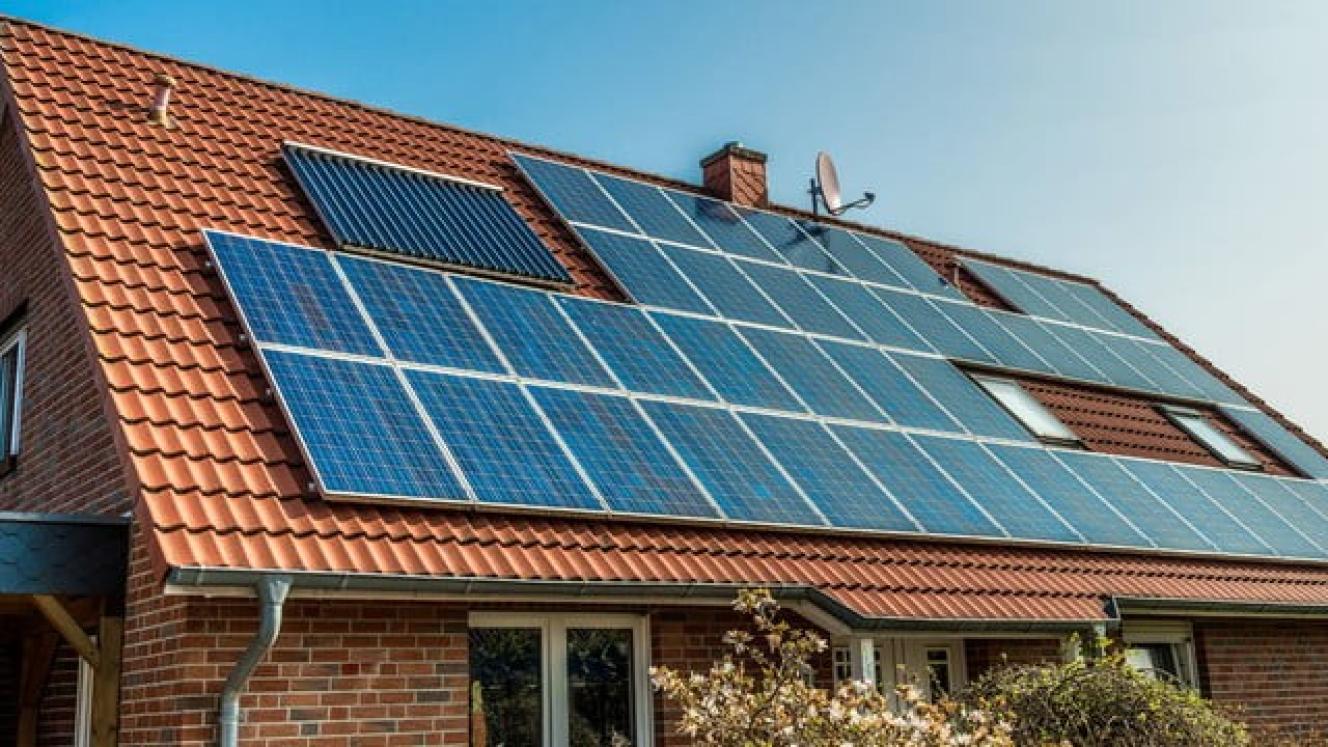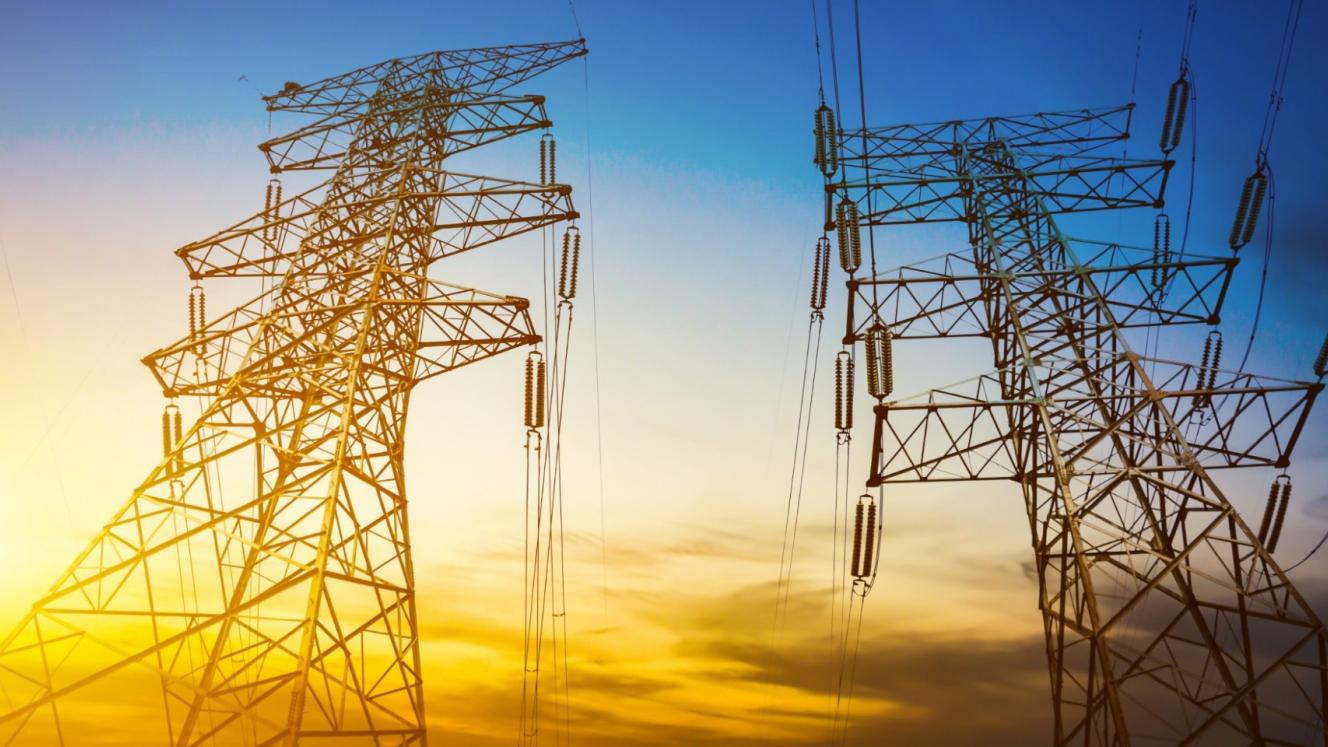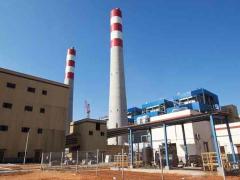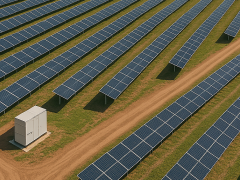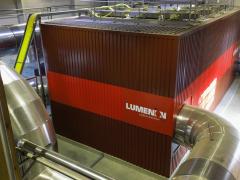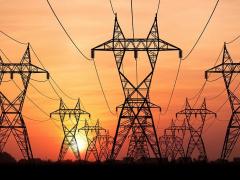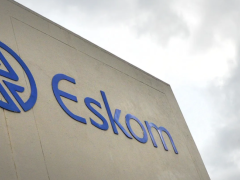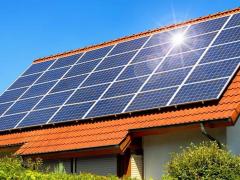Eskom has extended its exemption from registration-related fees for small-scale embedded generators (SSEG) up to 50 kW until March 2026.
The exemption applies to application, tariff conversion and connection fees – reducing initial costs for residential and small commercial solar users who connect their systems to the grid.
The exemption was first introduced in 2023 amid severe load shedding, aligning with broader government incentives such as tax rebates for solar installations. “By extending this exemption, we are encouraging compliance and ensuring that embedded generation contributes effectively to the energy system,” Eskom said. The move aims to encourage compliance while increasing the number of registered SSEGs feeding into the network.
All grid-tied solar installations, even those that do not export power, must be registered with either Eskom or the National Energy Regulator of South Africa. Off-grid systems that operate independently do not require registration but must provide proof of complete separation from the Eskom supply.
Eskom has raised concerns about unregistered solar systems affecting grid stability and worker safety. The utility has been running public awareness campaigns and engaging with industry stakeholders, including the South African Photovoltaic Industry Association, the South African Property Owners Association and AgriCulture South Africa to encourage compliance. “We have intensified our outreach efforts to ensure that customers understand their obligations and the benefits of registering their systems,” the utility said. Customers supplied by municipalities must engage directly with their local distributors for registration requirements.
Beyond compliance, registered SSEG users may qualify for Eskom’s net billing programme, allowing them to sell surplus power to the grid and offset electricity costs. However, Eskom reiterated that adherence to technical standards is critical to ensuring the safe operation of the network. “Technical compliance is non-negotiable as it directly impacts the safety and efficiency of electricity supply. We strongly encourage customers to take advantage of this opportunity and ensure their installations meet all necessary regulatory standards,” Eskom said.
